May 26, 2025 | 16:22 GMT +7
May 26, 2025 | 16:22 GMT +7
Hotline: 0913.378.918
May 26, 2025 | 16:22 GMT +7
Hotline: 0913.378.918
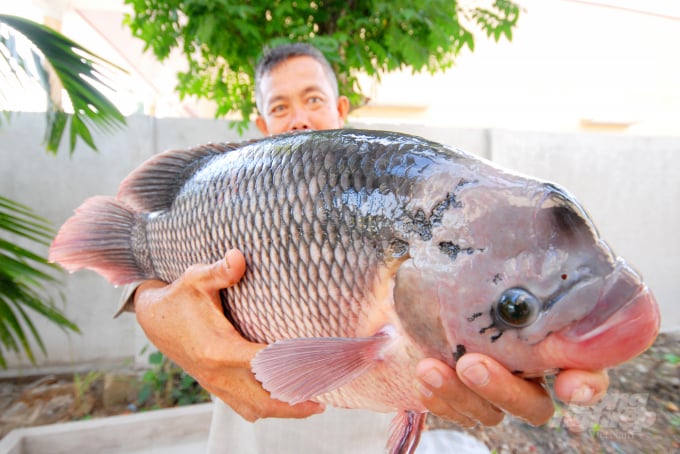
Can Tho city's agricultural sector has developed aquaculture areas following GAP, ASC, SQF, BMP, BAP, etc. standards to meet export demand. Photo: Le Hoang Vu.
Mr. Nguyen Thanh Hung, Director of Can Tho City Agricultural Service Center reported that: To promoting Can Tho City's available advantages, its functional sector has supported farmers to develop a variety of aquatic products under many different models.
In addition to the pangasius as a mainstay, farmers in many districts have now engaged in raising various other aquatic species with high economic efficiency such as: loach, snakehead fish, bronze featherback, ornamental fish, eel, frog, giant freshwater prawns among many others.
Can Tho city farmers raise these aquatic products in many new forms, namely in cellars, ponds, ditches, tanks, cages, or in nets placed in ponds, along rivers, and in the fields.
According to statistics, the aquaculture area of Can Tho City in 2022 reaches over 10,000 hectares, and the harvest area is approximately 9,000 hectares with a aquaculture production capacity of 220,850 tons.
In order to provide a source of high quality products and goods to serve the needs of consumption and export, increase the value of products, contribute to improving the efficiency of production and farming, protect the ecological environment and prevent diseases; Can Tho city's agricultural sector has promoted the construction of aquaculture areas applying GAP, ASC, SQF, BMP, BAP standards in recent years.
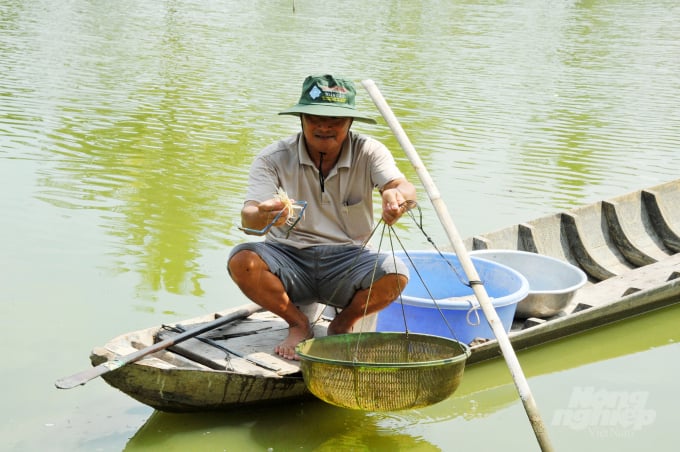
Aquatic products are raised by Can Tho city farmers in many new forms, namely in cellars, ponds, ditches, tanks, cages, or in nets placed in ponds, along rivers, and in the fields. Photo: Le Hoang Vu.
The total area of aquaculture qualified for food safety according to the City's standards is currently at more than 300 hectares, including over 275 hectares meeting VietGAP standards and 13.75 hectares meeting BAP and ASC standards.
A variety of new applications have been leveraged to create a breakthrough for Can Tho city's aquaculture such as: a model of raising giant freshwater prawns in rice fields using all-male giant freshwater prawns following Israel technology to produce a pseudo-female shrimp herd with a yield of 1 ton per hectare. Accordingly, profits have increased by 35 to 40 million VND per hectare compared to conventional giant freshwater prawn farming.
Regarding eel farming, farmers converted their production method from traditional farming with mud using natural eel breeds and homemade food, to a mud-free farming method using semi-artificial breed, industrially produced feed. This method has subsequently reduced risks, boosting eels' survival rate to 70 - 85%, with a yield of 10-14 kg/m2.
Farmers raise loaches in earthen ponds, equipped with a fan as well as an aeration system. This method helps to create oxygen for the pond in addition to biological products to treat the environment. The model opens up a new economic development direction for the farmers, with a yield of 1.2 tons per hectare and an annual profit of over 40 million VND.
On the other hand, in the districts of O Mon, Thoi Lai, Co Do, Thot Not, aquaculture farmers have boldly invested in a 4.0 control device that can automatically turns on or off to regulate meal times as well as give warnings of power failure. Farmers also utilize a camera application that connects to smartphones to remotely manage the security of the farming area, control the farmed aquatic products, and detect abnormalities early when changes are found in the environment.
Can Tho City has 199 aquatic breeding facilities in 2021. Many of which have followed the technology of artificial insemination and incubation in the production of Shutchi catfish, loach, bronze featherback to achieve high economic efficiency.
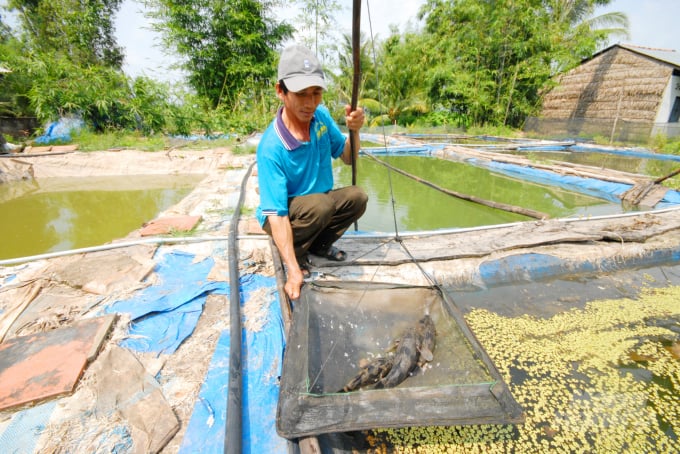
The total area of aquaculture qualified for food safety according to Can Tho city's standards is currently over 300 hectares. Photo: Le Hoang Vu.
Can Tho city currently has 4 hatcheries that receive 8,800 selected brood stock from the Research Institute for Aquaculture II to improve the hereditary of growth traits for commercial Shutchi catfish. The brood stock has been reported to grow rapidly, with a high survival rate of over 95%.
For the increasingly improved Shutchi catfish breed, the growth index is 20 to 25% higher than that of the previous breed, contributing to improving the production of fingerlings and meeting the farming needs of the people. In addition, the feed source is also improved from a natural source of feed with the risk of causing environmental pollution, to industrially produced feed.
“Agricultural extension work throughout the past has continuously improved the quality and innovated the promotion, application and transfer of new scientific and technological advances, both in content and in form.
Every year, with funding from the central government and district-level agricultural extension stations, 100 to 150 training sessions are organized for nearly 3,500 participants with contents including the application of technological advances in freshwater aquaculture products, aquaculture production techniques following GAP, ASC, SQF, BMP, BAP standard, and so on”, shared Mr. Nguyen Thanh Hung, Director of Can Tho city Agricultural Service Center.
Translated by Nguyen Hai Long
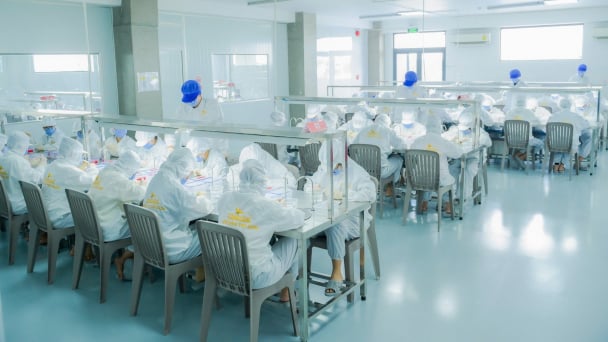
(VAN) Amidst the current intense competition, businesses must establish sustainable linkages, prioritize technological investments, build brand identity, and obtain international certifications.
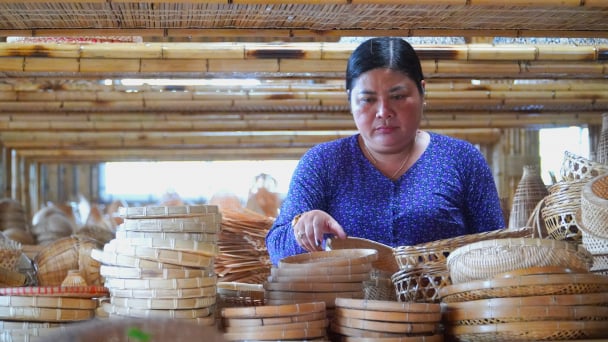
(VAN) As director of the Thuy Tuyet Bamboo and Rattan Handicraft Cooperative in Soc Trang, she has revitalized a traditional craft, generating sustainable livelihoods for hundreds of workers - particularly from the Khmer ethnic minority.
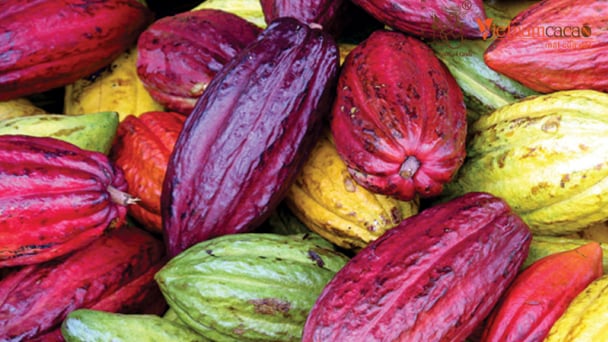
(VAN) Vietnam has been classified as a ‘low-risk’ country for deforestation under EUDR, granting local producers a strategic edge in sustainable market development.
/2025/05/19/2617-14-211139_18.jpg)
(VAN) Vietnamese bird's nest enterprises are eager to access the promising Chinese market; however, only those with thorough preparation, truthfulness, strict regulatory compliance, and consistent product quality will be positioned for success.
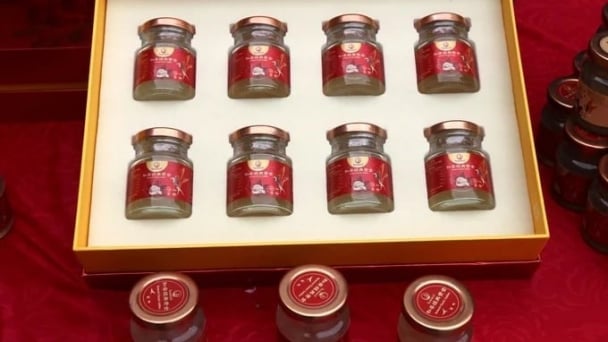
(VAN) For Vietnamese bird's nest products to penetrate deeply and sustainably into the Chinese market, it requires not only product quality but also strict compliance with the regulations on quarantine, traceability, and food safety.
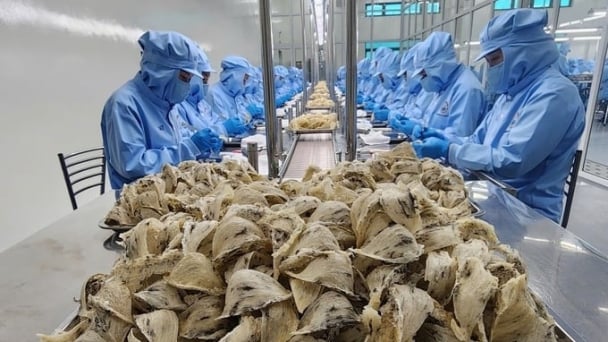
(VAN) As one of Vietnam's most high-value products, bird's nest is asserting its position on the national agricultural export map. China, with an annual demand of hundreds of tons, is considered the most promising market.
/2025/05/22/5250-1-184853_288.jpg)
(VAN) According to a representative from the Central Retail Vietnam, Vietnamese products such as seafood, sweet potatoes, dragon fruit, coffee, and spices hold great potential in the Thai market.